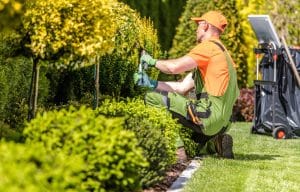Picture this: You’re sipping your morning coffee on a sun-drenched balcony, watching waves crash against the shore as seagulls soar overhead. This idyllic scene draws many to the dream of owning a coastal property in San Diego. However, turning this dream into reality requires more than just finding the perfect oceanfront lot. Building a home that can withstand the unique challenges of coastal living demands careful planning, expert knowledge, and ingenuity.
In this comprehensive guide, we’ll explore the world of coastal construction in San Diego, from environmental considerations to material selection and design strategies. Whether you’re a prospective homeowner, an architect, or simply curious about the intricacies of oceanfront building, this article will equip you with the knowledge to navigate the complexities of coastal construction.
Understanding San Diego’s Coastal Environment
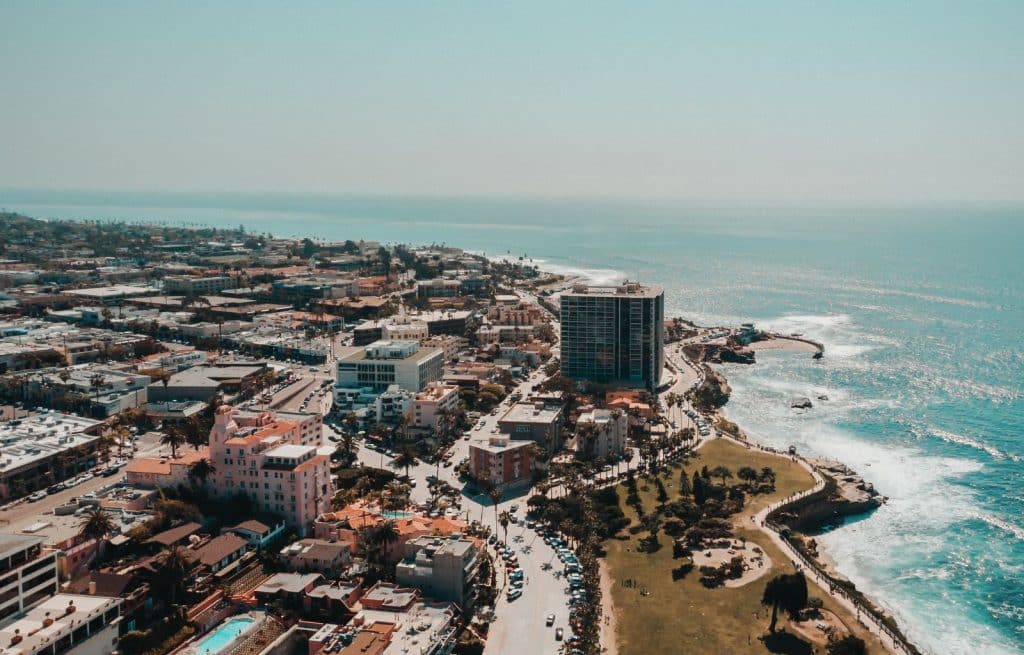
Before we break ground on our imaginary beachfront property, it’s crucial to understand the forces of nature we’ll be contending with. San Diego’s coastline is as beautiful as it is challenging, presenting a unique set of environmental factors that can make or break a coastal home.
Saltwater and Humidity: The Silent Adversaries
Imagine a microscopic army of salt particles, carried by the ocean breeze, constantly bombarding your home. This is the reality of coastal living. Saltwater and high humidity levels are relentless in their assault on building materials, particularly metals. The corrosive nature of this environment can transform sturdy steel into weakened, rusty structures in a matter of years if not properly addressed.
Pro Tip: When selecting materials for your coastal home, think “marine-grade.” Opt for stainless steel, galvanized steel, or specialized alloys designed to resist corrosion. Regular maintenance, including washing down exterior surfaces to remove salt deposits, can significantly extend the life of your home’s components.
Wind and Storms: Designing for Nature’s Fury
While San Diego is known for its generally mild climate, coastal properties are still susceptible to high winds and occasional storms. These forces of nature can put immense stress on a building’s structure, potentially causing damage to roofs, windows, and even walls if not properly accounted for in the design.
Imagine your home as a ship sailing through a storm – it needs to be aerodynamic and sturdy. This means incorporating features like:
- Hurricane straps or clips to secure the roof to the walls
- Impact-resistant windows and doors to prevent debris penetration
- An aerodynamic overall design to reduce wind pressure
Soil and Erosion: Building on Shifting Sands
The very ground beneath your feet presents another challenge in coastal construction. San Diego’s coastal soils often consist of sandy or loose materials, which can be prone to erosion and may not provide the stable foundation needed for a long-lasting structure.
Think of your home’s foundation as its roots. Just as a tree with shallow roots can be toppled by strong winds, a home with an inadequate foundation can fall victim to erosion and soil instability. This is where geotechnical investigations come into play, helping to determine the most suitable foundation design for your specific location.
Seismic Considerations: Earthquake-Proofing Your Coastal Home
As if the ocean’s challenges weren’t enough, San Diego’s location in a seismically active region adds another layer of complexity to coastal construction. Building a home that can withstand both the constant assault of the marine environment and the sudden shocks of an earthquake requires a carefully balanced approach.
Imagine your home as a flexible dancer, able to sway and move with the earth’s tremors without losing its footing. This involves incorporating seismic design principles such as:
- Using flexible materials that can absorb and dissipate seismic energy
- Designing structural connections that allow for movement without causing significant damage
- Implementing reinforced foundations that provide stability during ground shaking
Choosing the Right Materials for Coastal Construction
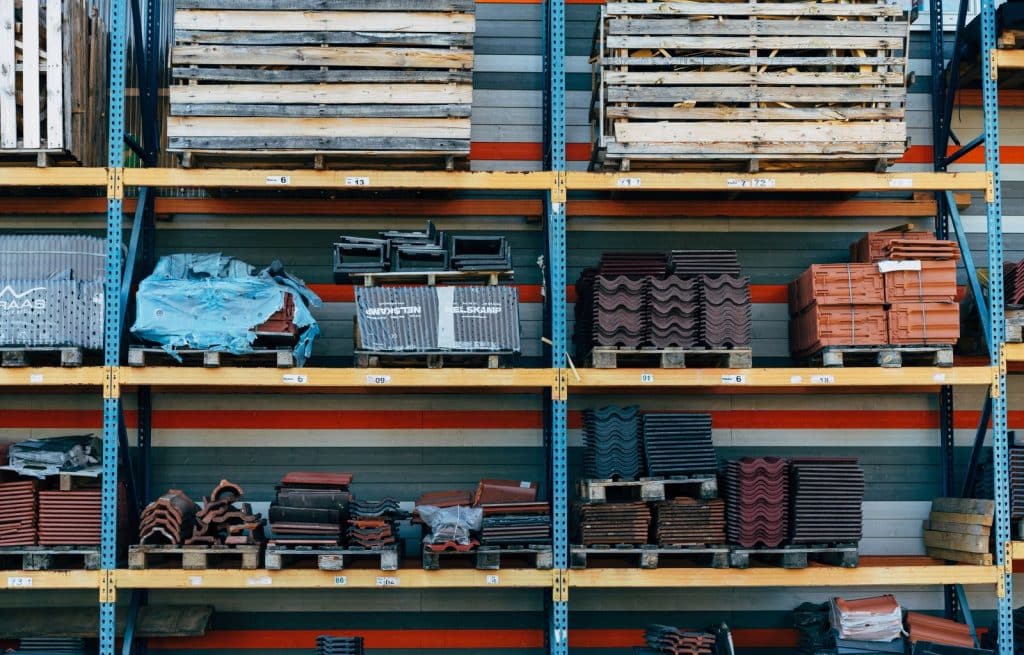
Now that we understand the environmental challenges, let’s explore the materials that can stand up to these formidable foes.
Corrosion-Resistant Options for Structural Elements
When it comes to the bones of your coastal home, corrosion resistance is key. Stainless steel, particularly grades like 316 or 317, offers excellent resistance to saltwater corrosion. For wood elements, consider naturally resistant species like cedar or treat lumber with marine-grade preservatives.
Weather-Resistant Exterior Finishes
Your home’s skin needs to be tough enough to withstand constant exposure to sun, salt, and moisture. High-quality acrylic paints offer excellent adhesion and UV resistance. For siding, fiber cement products provide durability and low maintenance, mimicking the look of wood without the vulnerability to rot and insects.
Impact-Resistant Windows and Doors
Think of your windows and doors as the eyes and mouth of your home – they need extra protection. Impact-resistant glass, typically consisting of two layers bonded with a strong interlayer, can withstand high winds and flying debris. Pair these with frames made from materials like vinyl, aluminum, or fiberglass for added durability.
Waterproofing and Insulation Essentials
Moisture is the enemy of any home, but it’s particularly insidious in coastal environments. A well-sealed building envelope is crucial. Consider using closed-cell spray foam insulation, which not only provides excellent thermal performance but also acts as an additional moisture barrier.
Design Strategies for Resilient Coastal Homes
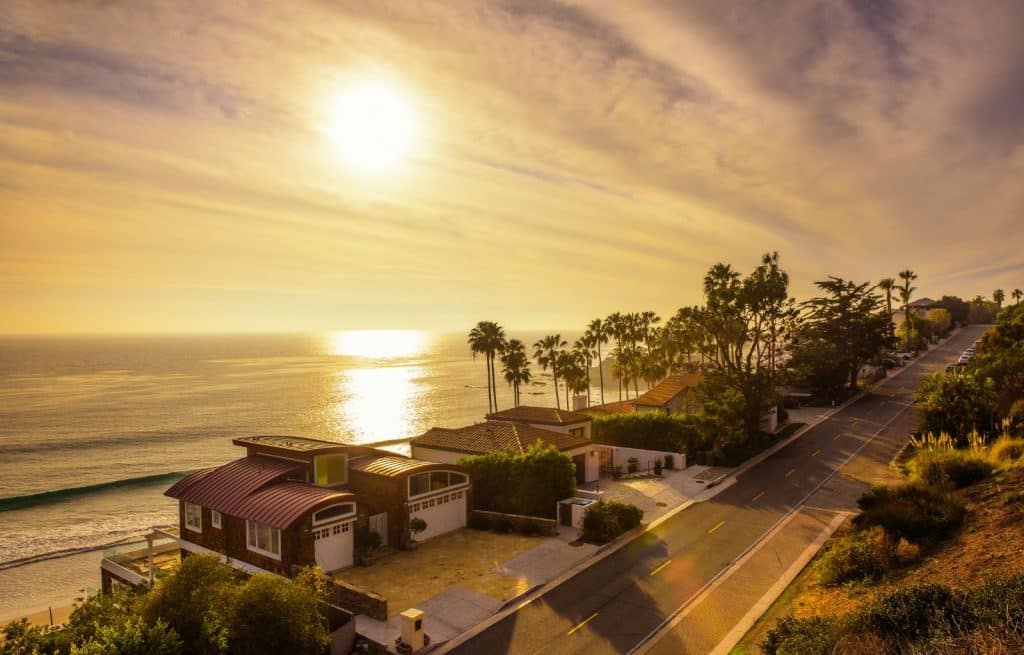
With our materials selected, let’s explore design strategies that can elevate your coastal home from vulnerable to resilient.
Elevated Structures: Rising Above the Flood
Imagine your home perched safely above potential flood waters, like a bird’s nest high in a tree. Elevating your living spaces above the base flood elevation not only protects against water damage but can also enhance your ocean views. Options include building on stilts, pilings, or using elevated foundations like stem walls or pier-and-beam systems.
Ventilation and Airflow: Combating Humidity
Good ventilation is crucial in a coastal home to prevent moisture buildup and maintain air quality. Design your home with cross-ventilation in mind, placing windows and openings to allow for natural airflow. Consider incorporating features like vented soffits and whole-house fans to keep air moving and reduce reliance on air conditioning.
Landscaping for Erosion Control
Your yard can be more than just a pretty face – it can play a crucial role in protecting your home from erosion. Native plants with deep root systems can help stabilize soil, while thoughtfully placed retaining walls and terraces can direct water away from your home’s foundation.
Navigating Regulatory Waters
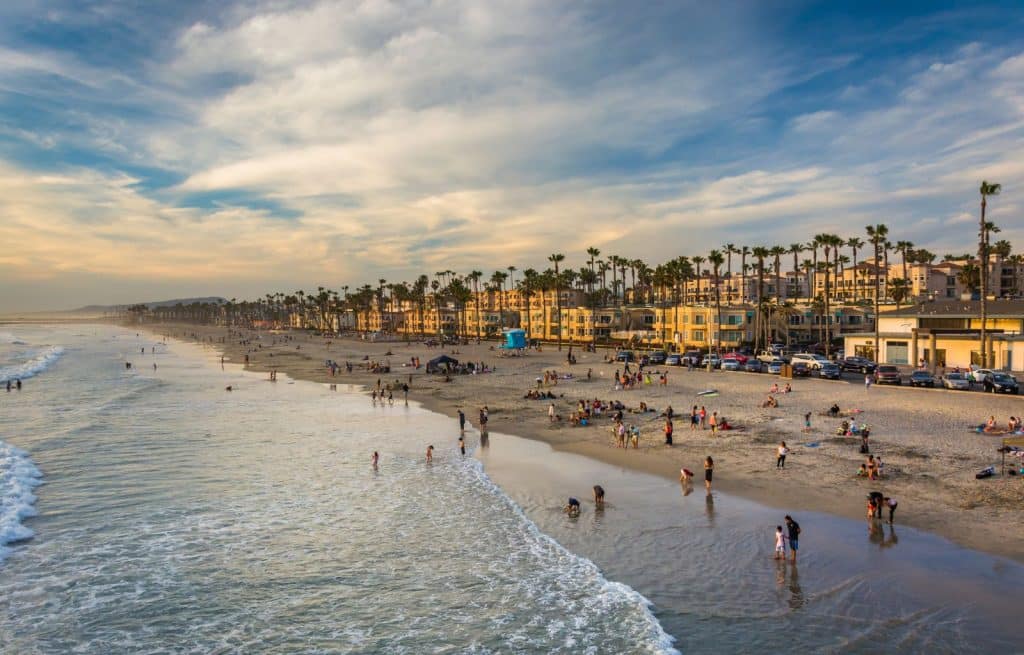
Building your dream coastal home isn’t just about battling the elements – you’ll also need to navigate a sea of regulations and permits.
Local Building Codes and Permits
San Diego’s coastal construction regulations are designed to protect both your property and the surrounding environment. Expect to encounter rules governing everything from building materials to the height and location of your home. Obtaining the necessary permits, including coastal development permits, is a crucial step in ensuring your project complies with local laws and safety standards.
Environmental Impact Assessments
Before breaking ground, you may be required to conduct an environmental impact assessment. This process evaluates how your construction might affect local wildlife, vegetation, and water resources. Be prepared to adjust your plans to minimize environmental disruption, such as implementing additional erosion control measures or preserving natural vegetation on your property.
Embracing Sustainability in Coastal Construction
Building a resilient coastal home doesn’t mean sacrificing environmental responsibility. In fact, many sustainable building practices can enhance your home’s durability while reducing its environmental impact.
Green Building Materials for Oceanfront Homes
Consider incorporating recycled content materials, low-VOC products, and sustainably sourced wood into your construction. These materials often offer excellent durability in coastal environments while reducing your home’s environmental footprint.
Energy Efficiency in a Coastal Climate
San Diego’s abundant sunshine makes it an ideal location for solar power. Incorporating solar panels into your home’s design can significantly reduce energy costs. Additionally, designing for passive solar heating and cooling – such as strategic window placement and shading – can further enhance your home’s energy efficiency.
Building a Lasting Legacy on San Diego’s Coast
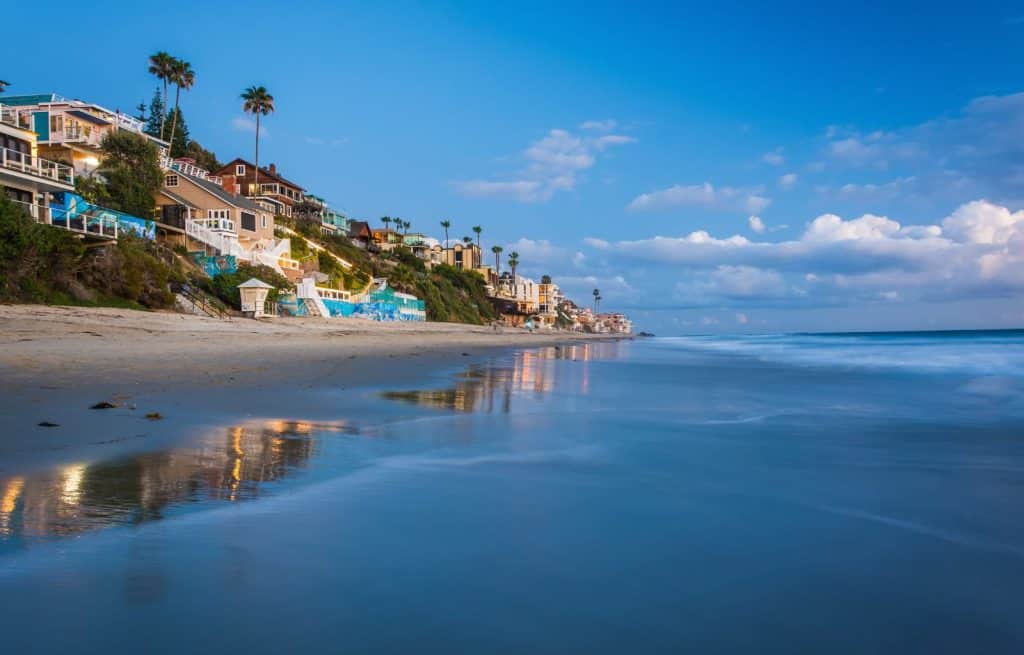
Constructing a home on San Diego’s coastline is a complex but rewarding endeavor. By understanding the unique environmental challenges, selecting appropriate materials, implementing smart design strategies, and navigating regulatory requirements, you can create a home that not only withstands the test of time but also harmonizes with its stunning natural surroundings.
Remember, building a coastal home is more than just a construction project – it’s creating a legacy that will stand against the forces of nature for generations to come. With careful planning and expert guidance, your dream of oceanfront living in San Diego can become a beautiful, durable reality.
As you embark on your coastal construction journey, consider consulting with local experts who understand the unique challenges and opportunities of building in San Diego’s coastal environment. Their knowledge and experience can be invaluable in turning your vision of a perfect beachfront home into a resilient, sustainable reality.



